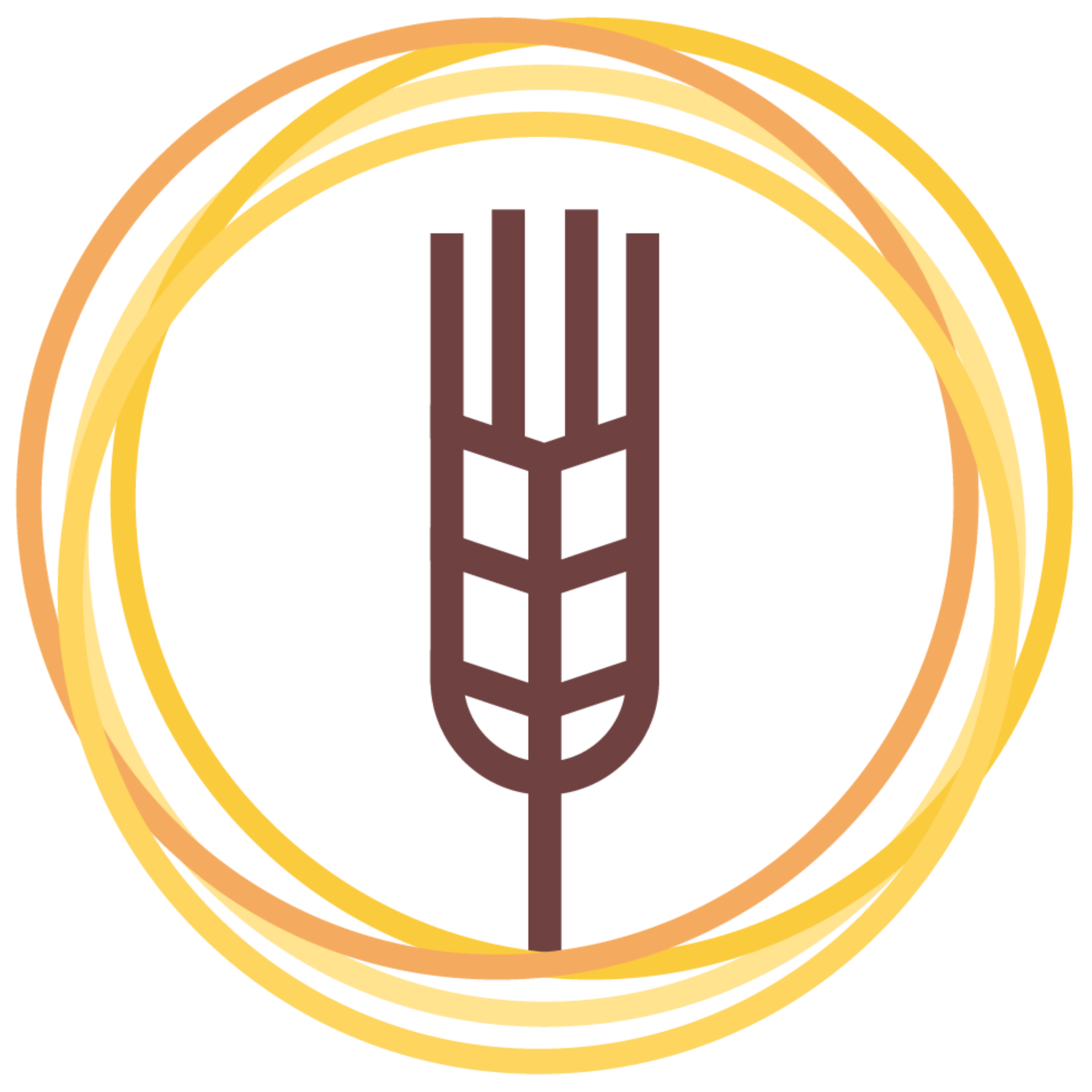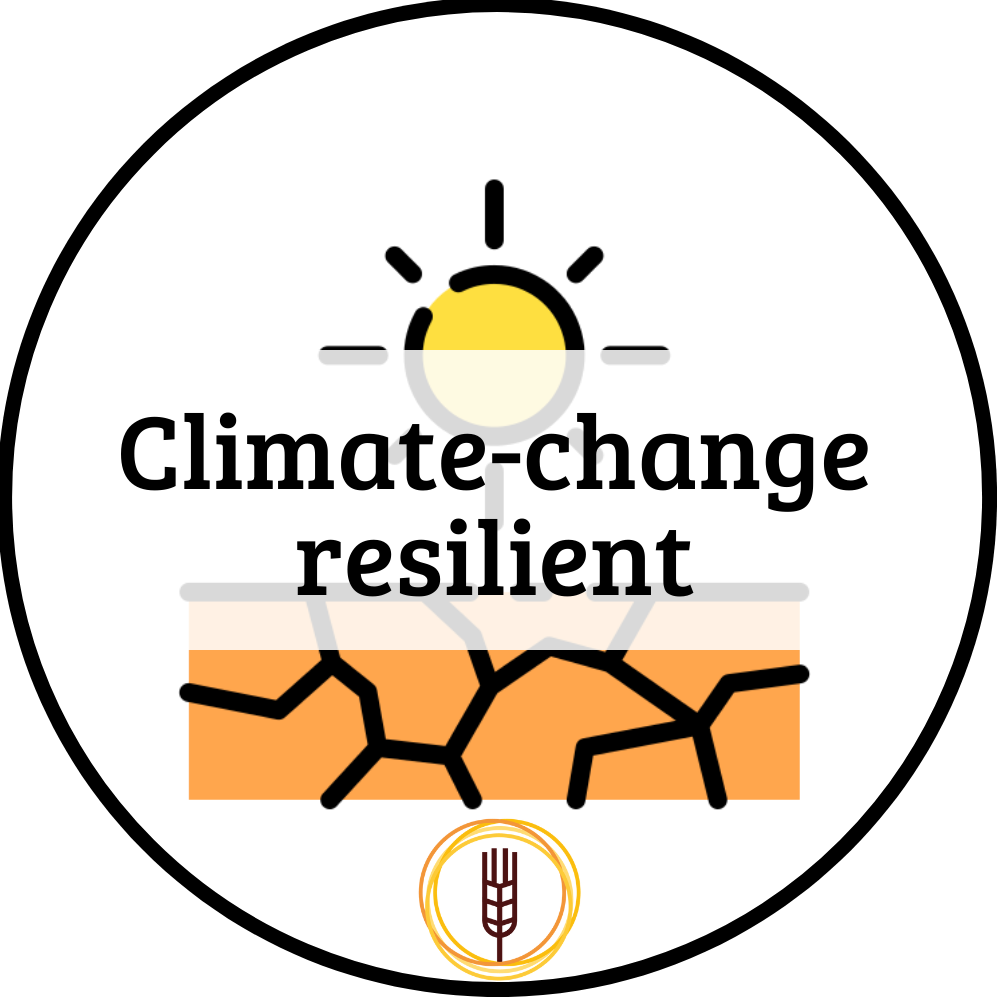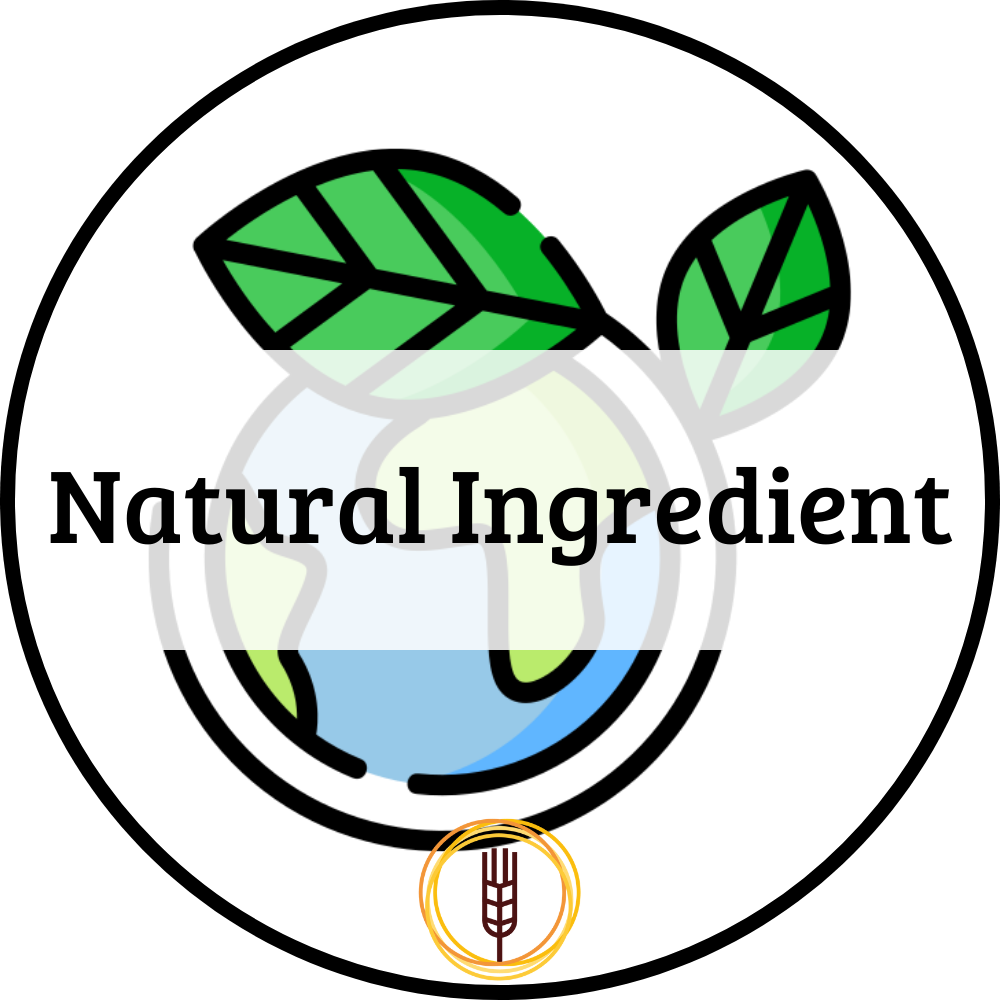
Sustainability



Sustainability
A Robust and Efficient Cereal Crop
A Mediterranean Crop adapted to Climate Change
Tritordeum has inherited characteristics from its parent species, Durum wheat and Barley.
The Durum wheat accessions utilized to create the primary lines of Tritordeum originated from North Africa and Spain, exhibiting notable heat/drought and diseases tolerance.
The Hordeum chilense lines, collected across diverse ecosystems ranging from low to high altitudes and varying proximity to shores or mountainous regions, displayed remarkable salinity and cold resistance.
The resulting progenies combine these diverse traits into one novel cereal crop.








Tritordeum exhibits several Characteristics that contribute to its Sustainability as a cereal crop
Consult the publications in relation to the topics below here.
Water Efficiency
Publications: SUS-016
Tritordeum has been bred to be more water-efficient compared to other cereal crops like wheat and barley. This trait is especially valuable in regions prone to water scarcity or drought conditions. Its ability to thrive with less water usage can help conserve precious water resources.
Heat/Drought Tolerance
Publications: SUS-004, 006, 012, 015
Tritordeum demonstrates resilience in the face of drought and heat stress. Its genetic makeup allows it to withstand harsh environmental conditions better than traditional cereal crops, reducing the risk of yield loss during periods of extreme weather.
Nitrogen Use Efficiency
Publications: SUS-001, 002, 007
Tritordeum's high nitrogen use efficiency makes it a valuable crop for sustainable agricultural practices. Its ability to optimize nitrogen uptake and utilization ensures robust growth and yield with minimal nitrogen inputs, supporting both economic and environmental sustainability.
Anoxia Tolerance
Tritordeum's exceptional anoxia tolerance makes it a valuable crop for cultivation in areas with frequent waterlogging or flooding. Its ability to thrive in low-oxygen environments ensures stable yields and contributes to agricultural resilience in the face of climate variability.
Salinity Resistance
Publications: SUS-003, 005, 017
Tritordeum can perform reasonably well in soils with moderate salinity levels compared to many other cereal crops.
Cold Resistance
Publications: SUS-010
Tritordeum has moderate cold tolerance compared to traditional barley or winter wheat. It can withstand cooler temperatures better than durum wheat but may not be as resilient as winter wheat varieties specifically bred for cold climates. Under very cold conditions, Tritordeum will survive only with snow coverage.
Diseases Resistance
Publications: SUS-008
Tritordeum cultivation typically requires fewer fungicids. It is not affected by Septoria and rusts. This reduced reliance on chemical inputs helps minimize the environmental footprint associated with agricultural production.
Soil Health
Publications: SUS-011
By requiring fewer chemical inputs, Tritordeum helps maintain and improve soil health, promoting biodiversity and preserving the natural balance of ecosystems.
Biodiversity Preservation
Tritordeum cultivation can contribute to biodiversity conservation. Its cultivation may provide habitat and food sources for various wildlife species, fostering greater biodiversity within agricultural landscapes.
Crop Rotation Diversity
Tritordeum can be integrated into crop rotation systems, which helps break pest and disease cycles, improve soil fertility, and reduce the buildup of pathogens. Rotation diversity also promotes a more balanced ecosystem and reduces the likelihood of pest resistance development.
Tritordeum is cultivated through contractual agreements with carefully selected local farmers.
Vivagran and its team of agronomists provide guidance throughout the production process, overseeing each step from sowing to harvest to ensure proper execution.

